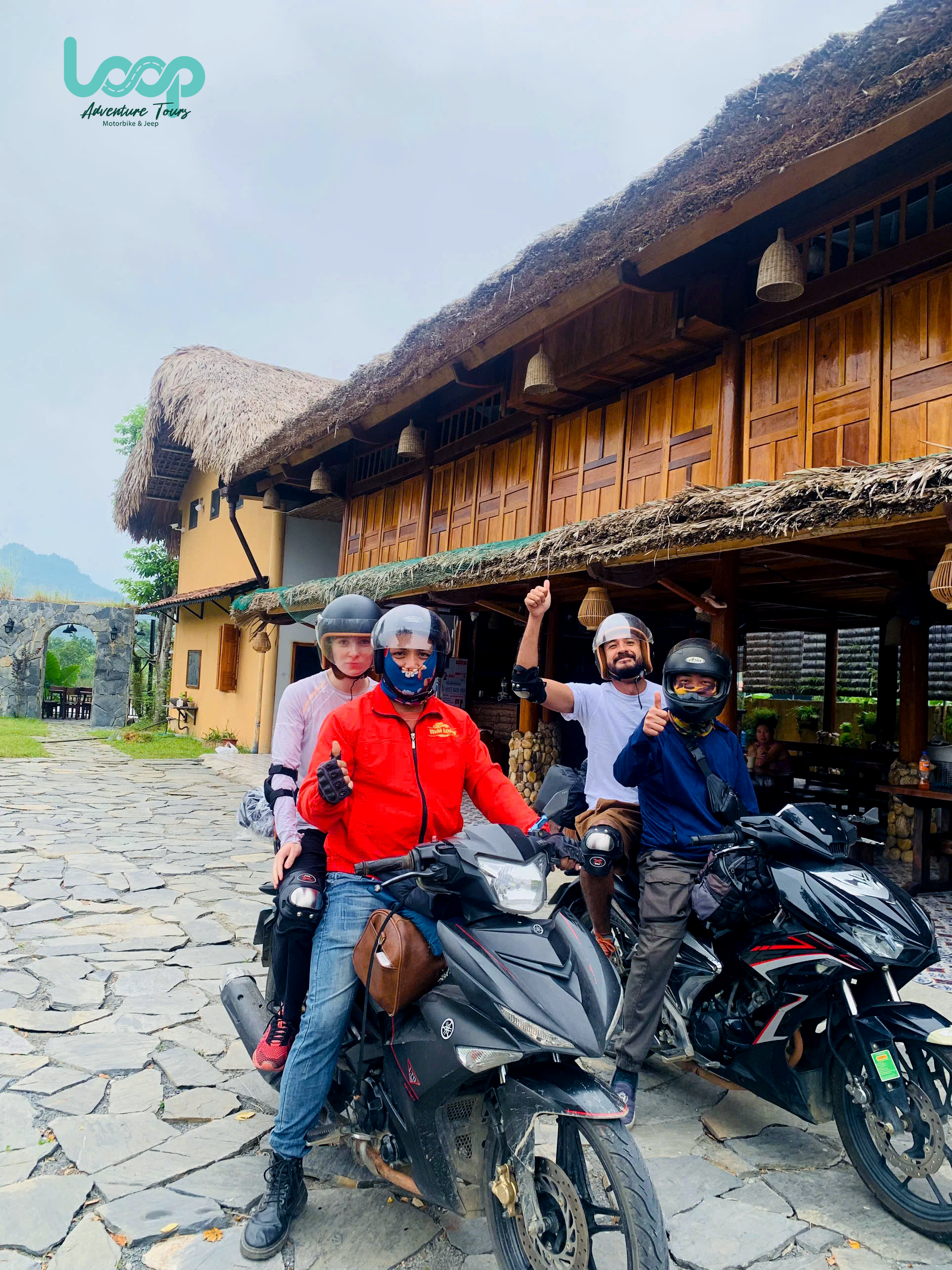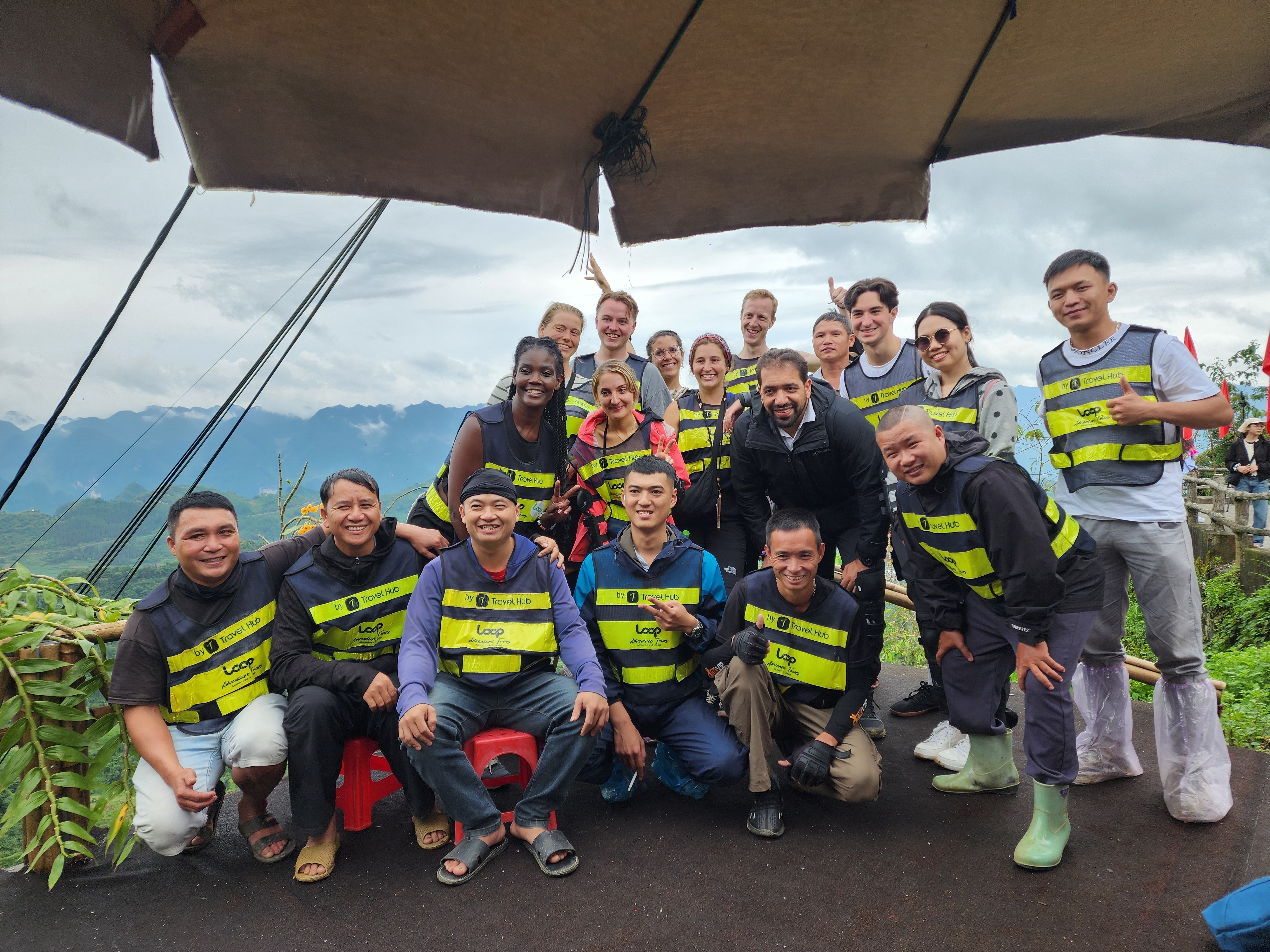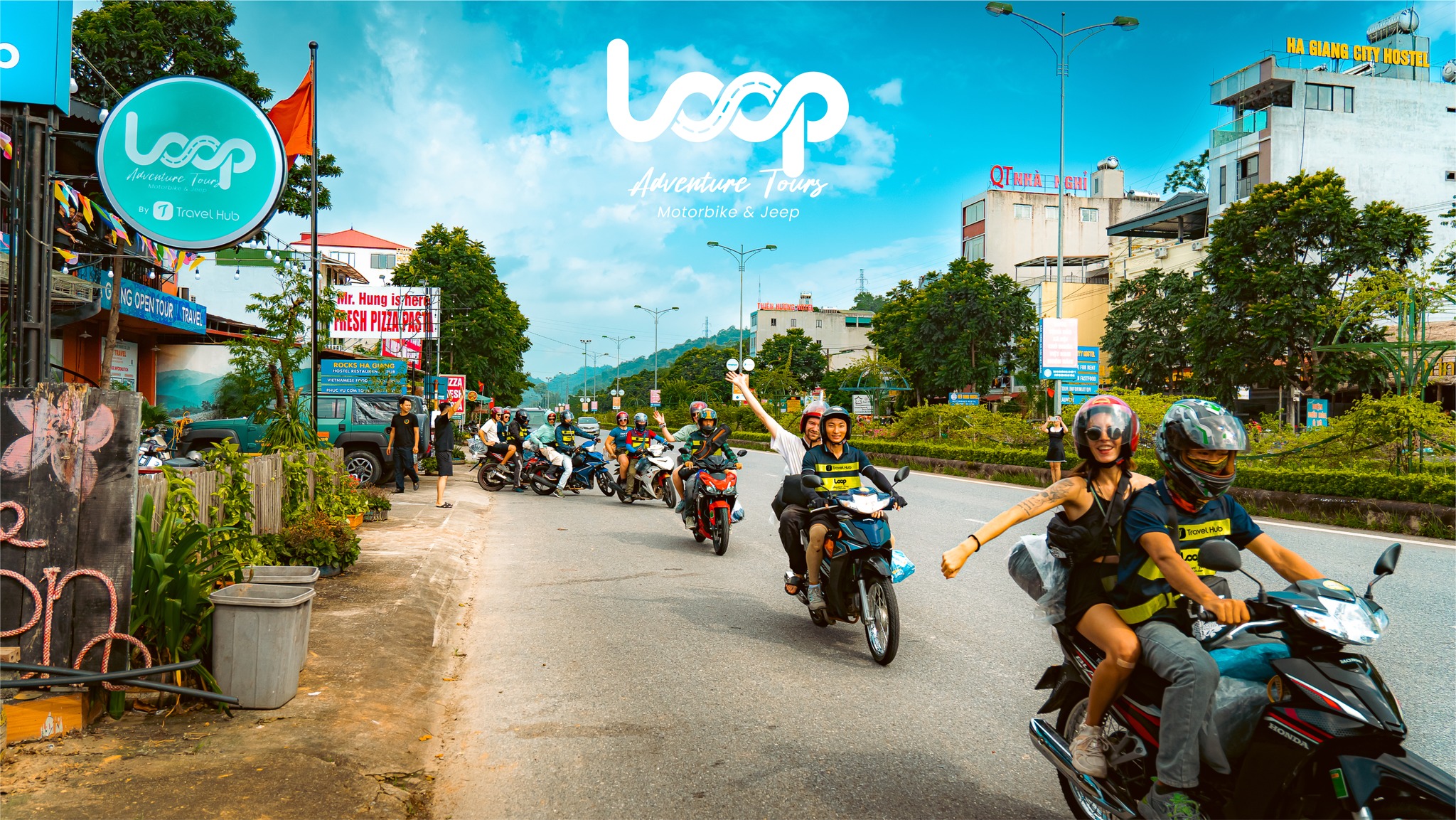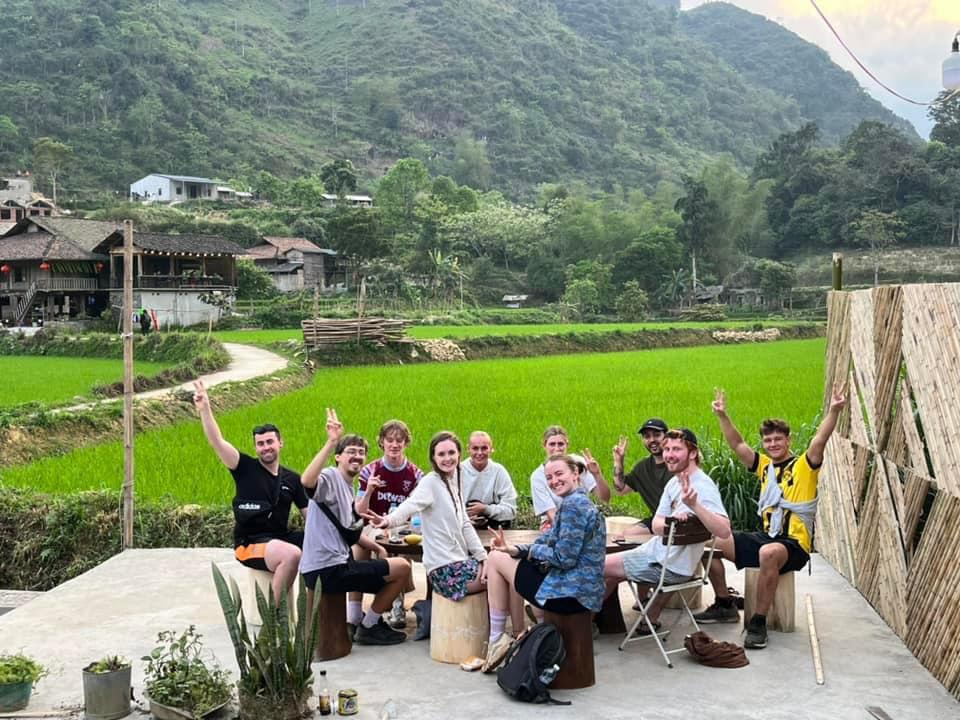The Ha Giang Loop is one of the most breathtaking motorbike routes in Vietnam, offering travelers the chance to explore rugged mountains, picturesque rice terraces, and charming ethnic minority villages. Whether you're an experienced biker or a novice, this 300km journey is a must-do for any adventurous traveler looking to experience the authentic beauty of northern Vietnam. However, one common question travelers have when planning their trip to Ha Giang is: How much money should I bring to the Ha Giang Loop?
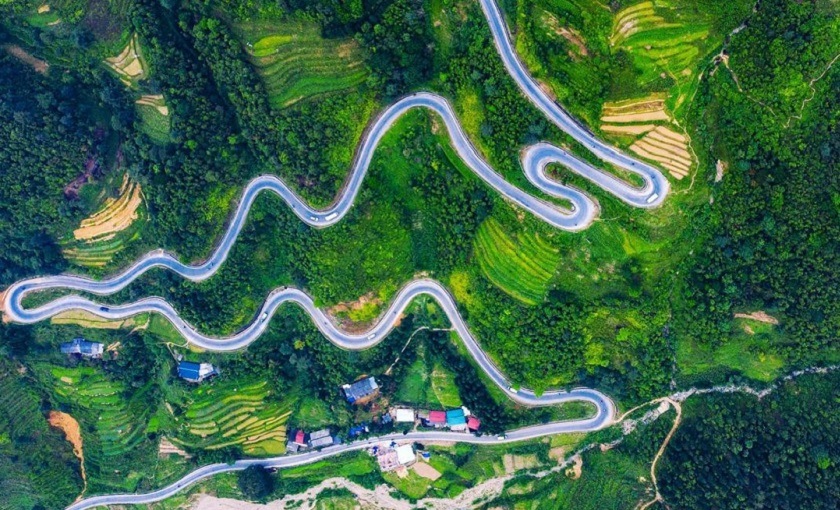
In this guide, we’ll break down the costs involved in this unforgettable adventure so that you can prepare your budget and make the most of your trip. Let’s dive into the details of how to manage your expenses while exploring one of Vietnam's most stunning and remote areas.
Read more:
Overview of the Ha Giang Loop
The Ha Giang Loop is a famous route that takes you through Ha Giang Province, located in the northernmost part of Vietnam. It offers spectacular views of mountains, valleys, ethnic villages, and waterfalls. The loop can take anywhere from 3 to 5 days to complete, depending on your pace and how many stops you make along the way.
- Distance: Around 300 kilometers from Ha Giang city to Dong Van, Meo Vac, and back.
- Best Time to Visit: The best months to ride the Ha Giang Loop are from October to April when the weather is cool and dry, making the roads more accessible.
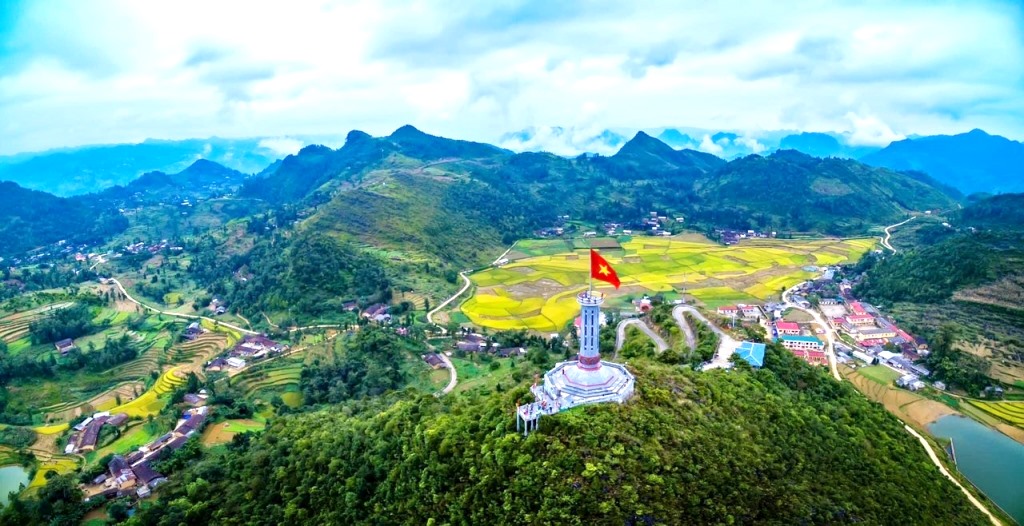
Breakdown of Costs on the Ha Giang Loop
The amount of money you should bring depends on your travel style, preferences, and the type of accommodation you choose. Let’s break down the key expenses you will encounter:
Motorbike Rental and Gasoline
If you're planning to ride the loop, motorbike rental is one of your first costs to consider. Rental prices vary depending on the type of bike and the duration of your trip.
Motorbike Rental:
- Standard motorbike (semi-automatic): Approximately 300,000 to 400,000 VND per day (around $13 to $17 USD).
- Manual or more powerful bike: Up to 500,000 VND per day ($22 USD).
- For 4-5 days, you’ll spend roughly 1,200,000 to 2,500,000 VND ($52 to $110 USD), depending on the bike type.
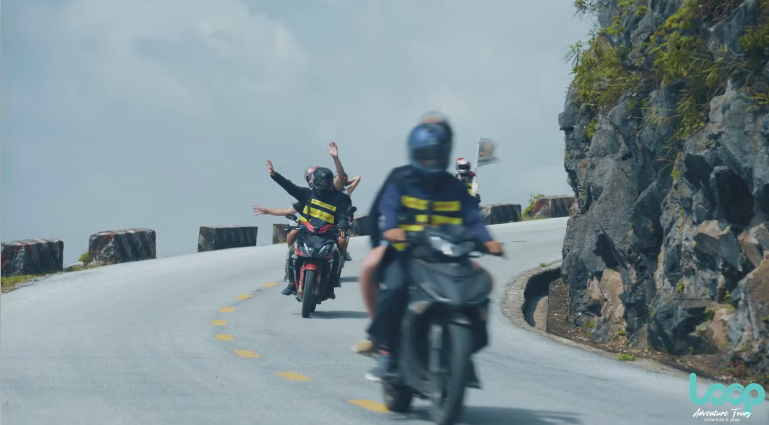
Gasoline:
- The cost of gas is relatively cheap in Vietnam, and for a trip like the Ha Giang Loop, expect to spend around 100,000 to 200,000 VND ($4 to $8 USD) on fuel for the entire loop, depending on how much you ride.
Accommodation
Accommodation options on the Ha Giang Loop range from basic guesthouses to more comfortable homestays or hotels. Since many of the places you’ll be staying in are in rural areas, don’t expect luxury, but they will offer a cozy and local experience.
- Budget Accommodation (Guesthouses, Hostels): Around 150,000 to 250,000 VND per night ($6 to $11 USD).
- Homestays: A popular choice for those looking to connect with local communities. They usually cost around 200,000 to 400,000 VND per night ($9 to $17 USD), including meals.
- Mid-Range Hotels: A comfortable hotel or guesthouse will range from 300,000 to 600,000 VND per night ($13 to $26 USD).
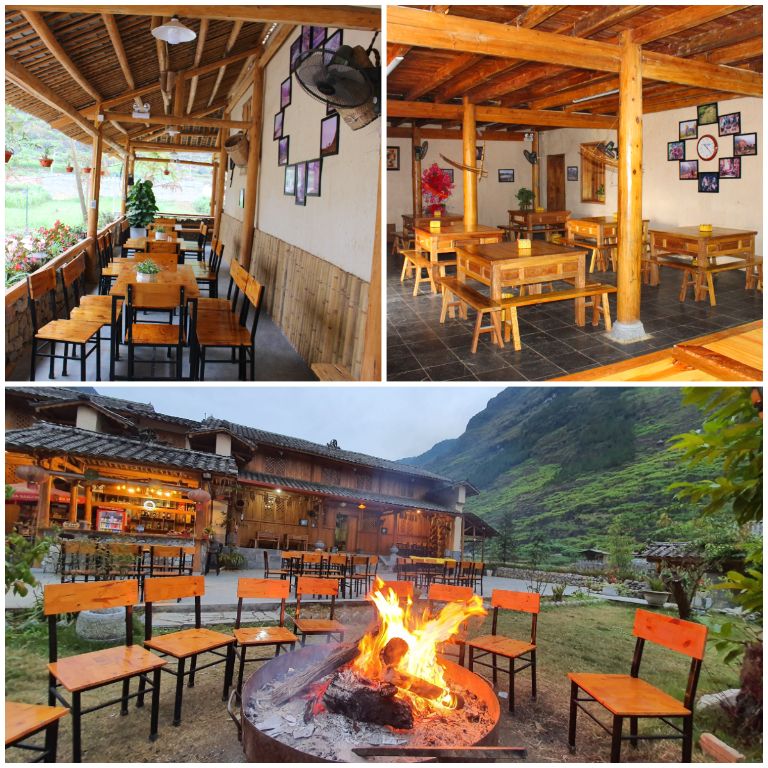
For 4 nights, you can expect to spend between 600,000 VND to 2,500,000 VND ($26 to $110 USD), depending on your accommodation preferences.
Food and Drinks
Food is one of the most affordable aspects of traveling in Ha Giang. Vietnamese food is delicious, and street food is widely available. Local restaurants and food stalls offer freshly prepared meals at a very low cost.
- Street Food: You can enjoy dishes like pho, bun rieu, and com tam for as little as 30,000 to 60,000 VND per meal ($1.30 to $2.60 USD).
- Restaurants: Mid-range restaurants will charge between 80,000 and 150,000 VND per meal ($3.40 to $6.50 USD).
- Drinks: A coffee or tea typically costs 10,000 to 30,000 VND ($0.40 to $1.30 USD), while a bottle of water is around 10,000 VND ($0.40 USD).

For a 5-day trip, you’ll likely spend between 500,000 VND to 1,000,000 VND ($22 to $43 USD) on food, depending on how often you eat at restaurants and indulge in snacks.
Entrance Fees to Attractions
There are a few entry fees for certain attractions along the Ha Giang Loop. These fees are usually very affordable, though they can add up depending on how many sites you plan to visit.
- Bac Sum Pass: No entrance fee.
- Dong Van Karst Plateau Geopark: Around 50,000 VND ($2.20 USD) per person.
- Local Ethnic Villages: Often free, but it’s recommended to tip the locals or buy handmade goods as a way of supporting their community.

Overall, entrance fees for the attractions will likely cost around 100,000 to 200,000 VND ($4.30 to $8.60 USD) for the entire trip.
Miscellaneous Costs
- Snacks & Water: Around 50,000 to 100,000 VND ($2.20 to $4.30 USD).
- Souvenirs: Local handicrafts, textiles, and handmade goods can be found in most markets along the loop, costing anywhere from 50,000 VND to 200,000 VND ($2.20 to $8.60 USD), depending on the item.
Total Budget for the Ha Giang Loop
Let’s put everything together to help you determine how much money you should bring for the Ha Giang Loop.
For a 5-Day Trip:
- Motorbike Rental & Gasoline: 1,500,000 VND to 2,700,000 VND ($65 to $117 USD)
- Accommodation: 600,000 VND to 2,500,000 VND ($26 to $110 USD)
- Food and Drinks: 500,000 VND to 1,000,000 VND ($22 to $43 USD)
- Attraction Fees: 100,000 VND to 200,000 VND ($4.30 to $8.60 USD)
- Miscellaneous Costs (Snacks, Souvenirs): 100,000 VND to 200,000 VND ($4.30 to $8.60 USD)
Total Estimated Budget: 2,800,000 VND to 6,600,000 VND ($120 to $285 USD)

How to Save Money on the Ha Giang Loop
Although the Ha Giang Loop is affordable compared to other destinations in Vietnam, there are still ways to stretch your budget even further:
- Book Motorbike Rental in Advance: If you’re traveling during peak season (October to April), book your motorbike in advance to avoid overpaying. You may even find discounts for early bookings.
- Choose Budget Accommodation: Opt for homestays or guesthouses instead of hotels to save money and gain an authentic experience.
- Eat Like a Local: Street food in Vietnam is both delicious and affordable, so eat like the locals to save on food costs.
- Avoid Overpacking: Bringing less luggage means fewer items to carry around, and you won’t need to pay for excess baggage.
Conclusion
The Ha Giang Loop offers an unforgettable experience with its stunning landscapes, remote villages, and rich cultural heritage. By budgeting wisely and planning ahead, you can experience this incredible journey without breaking the bank.
On average, you should expect to spend around 2,800,000 VND to 6,600,000 VND ($120 to $285 USD) for a 5-day trip, depending on your accommodation choices, food preferences, and activities. With its low cost of living, the Ha Giang Loop remains one of the most affordable and rewarding motorbike tours in Vietnam.
So, are you ready to explore the wild beauty of Ha Giang? Pack your bags, rent a bike, and get ready for an adventure that you’ll never forget!


